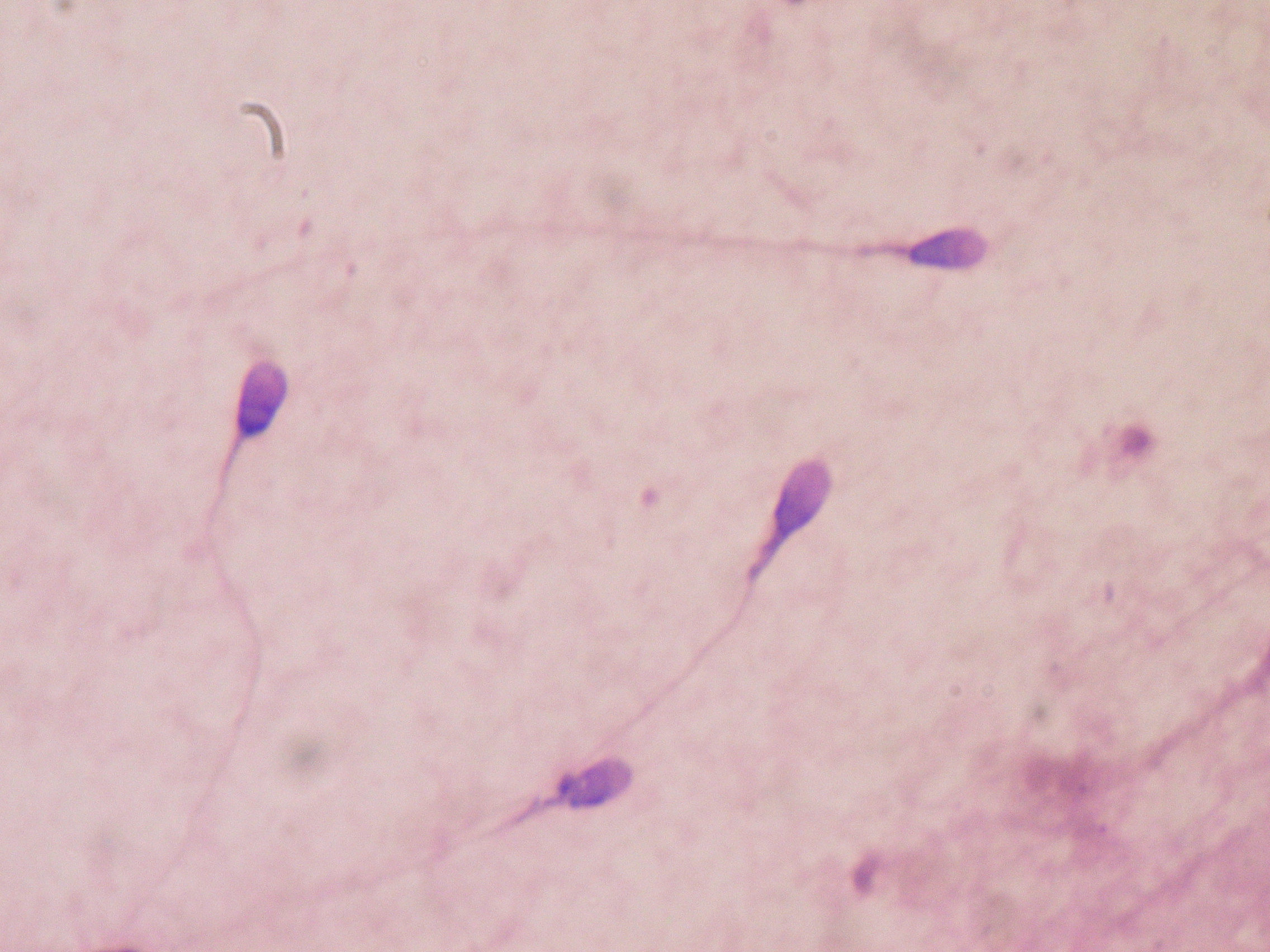It seems scientists are always finding ways to stop accidental pregnancies and the latest method discovered involves actually weakening sperm cells. This type of contraception only applies to males and involves a little genetic manipulation. By essentially robbing the little tadpoles with strength, they become unable to breach the walls of egg cells.
As the paper from the researchers at UC Berkley explains it, manipulating the calcium channel in sperms called CatSper basically weakens them. This is done by using steroids in order to prevent activation of what essentially amounts to a “power kick.”
“The calcium channel of sperm (CatSper) is essential for sperm hyperactivated motility and fertility,” the paper reads. “The steroid hormone progesterone activates CatSper of human sperm via binding to the serine hydrolase ABHD2. However, steroid specificity of ABHD2 has not been evaluated. Here, we explored whether steroid hormones to which human spermatozoa are exposed in the male and female genital tract influence CatSper activation via modulation of ABHD2.”
The researchers used Lupeol and Pristimerin to achieve this calcium blocking, which has actually been studied for various health benefits before, Futurism reports. This made them a little bit safer as far as experimental substances are concerned and the results have been promising, according to the study’s lead, biophysicist Polina Lishko.
In a recent interview with WIRED, Lishko noted that this contraceptive method offers a more efficient solution to the matter of male contraceptives. In fact, it’s substantially better than what is currently available.
“This method is not only 10 times more effective than anything currently on the market, but it clearly prevents fertilization,” Lishko explained. “There’s no embryo at any point.”
This is just the most recent in a string of emerging products directly tied to male contraception, with previous examples including injecting a type of gel into the tube that sperm travels through. None of the new options are available in the market yet since they require further testing and need to pass safety tests.



 FDA Memo Raises Questions About Possible COVID-19 Vaccine Links to Rare Child Deaths
FDA Memo Raises Questions About Possible COVID-19 Vaccine Links to Rare Child Deaths  Eli Lilly’s Weight-Loss Pill Nears Fast-Track FDA Approval as Profits Surge on Global Demand
Eli Lilly’s Weight-Loss Pill Nears Fast-Track FDA Approval as Profits Surge on Global Demand  Merck Nears Acquisition of Cidara Therapeutics at Significant Premium
Merck Nears Acquisition of Cidara Therapeutics at Significant Premium  Amazon and Google Launch New Multicloud Networking Service to Boost High-Speed Cloud Connectivity
Amazon and Google Launch New Multicloud Networking Service to Boost High-Speed Cloud Connectivity  Taiwan Opposition Criticizes Plan to Block Chinese App Rednote Over Security Concerns
Taiwan Opposition Criticizes Plan to Block Chinese App Rednote Over Security Concerns  Trump and Merck KGaA Partner to Slash IVF Drug Costs and Expand Fertility Coverage
Trump and Merck KGaA Partner to Slash IVF Drug Costs and Expand Fertility Coverage  Australia Releases New National AI Plan, Opts for Existing Laws to Manage Risks
Australia Releases New National AI Plan, Opts for Existing Laws to Manage Risks  Apple Appoints Amar Subramanya as New Vice President of AI Amid Push to Accelerate Innovation
Apple Appoints Amar Subramanya as New Vice President of AI Amid Push to Accelerate Innovation  Major Drugmakers Slash U.S. Prices and Sell Directly to Patients Amid Trump’s Push for Affordable Medicines
Major Drugmakers Slash U.S. Prices and Sell Directly to Patients Amid Trump’s Push for Affordable Medicines  CDC Shake-Up Sparks Vaccine Policy Clash Between RFK Jr. and Susan Monarez
CDC Shake-Up Sparks Vaccine Policy Clash Between RFK Jr. and Susan Monarez  Trump Hints at Major Autism Announcement, Raises Questions on Tylenol Link
Trump Hints at Major Autism Announcement, Raises Questions on Tylenol Link  Sam Altman Reportedly Explored Funding for Rocket Venture in Potential Challenge to SpaceX
Sam Altman Reportedly Explored Funding for Rocket Venture in Potential Challenge to SpaceX  Australia Moves Forward With Teen Social Media Ban as Platforms Begin Lockouts
Australia Moves Forward With Teen Social Media Ban as Platforms Begin Lockouts  U.S. Reveals 2026 Medicare Star Ratings: Aetna, UnitedHealth Lead in Quality Scores
U.S. Reveals 2026 Medicare Star Ratings: Aetna, UnitedHealth Lead in Quality Scores  Coupang Apologizes After Massive Data Breach Affecting 33.7 Million Users
Coupang Apologizes After Massive Data Breach Affecting 33.7 Million Users  Microchip Technology Boosts Q3 Outlook on Strong Bookings Momentum
Microchip Technology Boosts Q3 Outlook on Strong Bookings Momentum 































